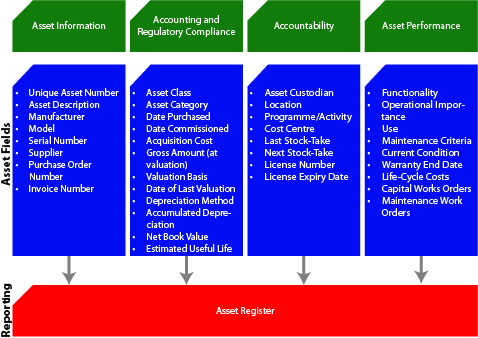Mastering Asset Management
Strategy, Innovation & Legacy
Unraveling the secret code of Tangible Asset Management—so you don’t have to reinvent the wheel. This newsletter series shares best practices and strategic insights to help you build a resilient, future-ready asset management framework.
Tangible assets are physical items that hold value—ranging from fixed assets like buildings, machinery, and land to current assets such as inventory. These assets form the backbone of your organization’s balance sheet and include Property, Plant, and Equipment (PP&E).
A Tangible Asset Management Strategy is a long-term action plan designed to guide the management of infrastructure and plant assets over the next decade. It ensures:
A robust Enterprise Asset Management (EAM) system supports this strategy by improving maintenance processes, training, and operational efficiency.
Successful implementation requires collaboration across departments. Here’s how key roles contribute:
Accurate asset identification is foundational. Skipping this step undermines every subsequent action. A well-maintained Asset Register helps determine:
Verification confirms that assets listed in the register physically exist and match their specifications. For insurance and operational accuracy, records must align with detailed nameplate data—far beyond just make, model, and serial number.
